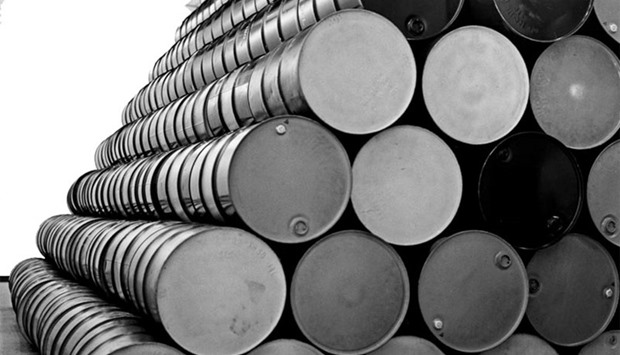Demand for oil worldwide is set to grow at a "solid" rate in 2016, with India the "star performer" after making up nearly 30% of the global increase in demand in the first quarter of the year, the IEA said.
"This provides further support for the argument that India is taking over from the China as the main growth market for oil," the 29-nation IEA said in its closely watched monthly report.
The oil market has for months been depressed by vast oversupply, badly hurting producers but meaning lower prices at the pump for consumers.
Crude oil prices surged to six-month highs this week and are well over $46 a barrel after plummeting below $30 early in the year. They are nevertheless far below the $100-a-barrel mark of mid-2014.
The IEA said further price rises were likely to be "limited" until plentiful stocks are drawn down towards the end of this year.
In Canada devastating wildfires near Fort McMurray forced a shutdown of 1.2mn barrels a day (mb/d) of production early this month.
The IEA said the events in Canada, however, had not sent oil prices sharply higher, as would have been expected some years ago, with crude having shown little reaction amid overall improved market sentiment.
Iran, the IEA said, had provided the other surprise.
Its oil production and exports increased slightly faster than expected following Iran's return to the market after the lifting of sanctions in January under its nuclear deal.
'Dramatic increase'
Iranian oil production in April was nearly 3.6 mb/d, a level last achieved in November 2011 before Western sanctions against Tehran were tightened, the IEA said.
"Even more important for global markets, oil exports reached 2 mb/d, a dramatic increase from the 1.4 mb/d seen in March," it added.
The rise in Iran helped push production within Opec (Organisation of the Petroleum Exporting Countries) 330,000 b/d higher in April, the group's highest level in more than seven years.
The flow out of Iran also offset concerns about falling production in Libya, Nigeria - which is facing pipeline sabotage and security issues - and Venezuela, grappling with power cuts and other shortages, the agency said.
All eyes will be on Opec kingpin Saudi Arabia, which has just replaced oil minister Ali al-Naimi after two decades in the post, at the June 2 Opec meeting for signs of policy changes on its oil supply.
Riyadh held production steady, IEA said.
Heading towards 'balance'
Outside of Opec, the IEA said it now forecasts a bigger fall in production, of 800,000 mb/d, from its initial estimate of 700,000.
The agency said the latest figures confirmed "the direction of travel of the oil market towards balance".
Global oil stocks are now expected to increase by 1.3 mb/d in the first half of 2016 with a "dramatic reduction" in the second half, to 200,000 mb/d.
The Paris-based IEA said it was leaving unchanged its outlook for global oil demand growth in 2016, at 1.2 mb/d.
Stocks within the Organisation for Economic Cooperation and Development (OECD) countries grew at the start of the year at the slowest pace since the fourth quarter of 2014, the IEA said. They declined in February for the first time in a year.
"This lends support to our view that the global supply surplus of oil will shrink dramatically later this year," it added.
The IEA report buoyed oil prices on Thursday, helping them to hold near six-month peaks.
European benchmark Brent North Sea crude for July gained 26 cents from Wednesday to $47.86 a barrel, while New York's West Texas Intermediate for delivery in June won 42 cents to stand at $46.65 a barrel.
The IEA's report had carried an already "positive momentum" in the oil market forward, Sucden brokers analyst Kash Kamal said.
"The market fundamentals do not seem to be as dire as previously thought: stronger demand from India, despite a faster-than-expected increase in Iranian output, has been particularly supportive today," he told AFP.



